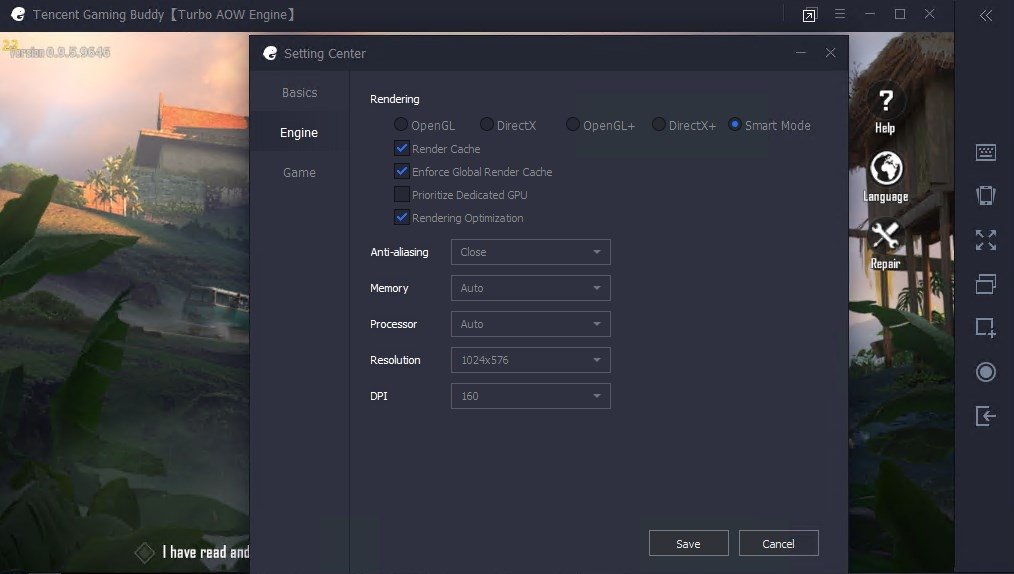To run the emulator in Android Studio, make sure you're using Android Studio 4.1 or higher with version 30.0.10 or higher of the Android Emulator, then follow these steps: Click File Settings Tools Emulator (or Android Studio Preferences Tools Emulator on macOS ), then select Launch in a tool window and click OK. Setup Android Emulator on Mac OS X. The purpose of this section is to guide you to create in your development environment an Android emulator. Android emulators are managed through a UI called AVD Manager. AVD Manager has a nice interface when started from Android Studio. Start Android Studio app, then create a blank project. If you've installed Android Studio and Android SDK and adb is available, the emulator should be visible from Studio and work (deploy built apps, debug apps, etc. Android Studio Emulator is mostly for testing apps, usually ones you've built within the program. You can simulate phone calls, texts, access the Google Play store and perform most tasks you can. Thanks to the plug-in, you can integrate this program with Android Studio as well. Check Out Genymotion (free trial, $136/year) #5 Andy — a Smoother Workflow. Last but not the least, Andy is another way to run Android apps on Mac. However, compared to all emulators we’ve listed above, Andy offers a smoother workflow.
- Android Studio's Official Android Emulator
- Mac Android Studio Emulator Online
- Mac Android Studio Emulator Slow
- Visual Studio Mac Android Emulator
- Mac Android Studio Emulator Windows 10
- Mac Android Studio Emulator Path
The purpose of this section is to guide you to create in your development environment an Android emulator.
Android emulators are managed through a UI called AVD Manager
AVD Manager has a nice interface when started from Android Studio.
Start Android Studio app, then create a blank project.
Go to the Tools menu -> :Android -> AVD Manager:
If no emulator has been created you should start with this screen:
Click the Create Virtual Device button.
In the Select Hardware window , select Nexus 5 as shown in the following snapshot:
Click the Next button.
In the System Image, select the system image Nougat, API Level 25 , ABI x86 :
Click on the download link to download the selected System Image. This download process is done through SDK Manager.

Once the download is complete, click on the Next button.
In the Verify Configuration window, check any parameter :
Then click on the Finish button.
AVD Manager shows you the newly created device:
Click on the launch button to launch the newly created AVD in the emulator.
Notice in the Run Window of Android Studio the command line used to start the device:
which can be shortened to :
How to start Android Emulator from Terminal?
Stop the emulator started by Android Studio. Open the Terminal app and type the following command:
This should start the emulator with the selected AVD.
References
The purpose of this section is to guide you to create in your development environment an Android emulator.
Android emulators are managed through a UI called AVD Manager
AVD Manager has a nice interface when started from Android Studio.
Start Android Studio app, then create a blank project.
Go to the Tools menu -> :Android -> AVD Manager:
If no emulator has been created you should start with this screen:
Click the Create Virtual Device button.
In the Select Hardware window , select Nexus 5 as shown in the following snapshot:
Click the Next button.
Android Studio's Official Android Emulator
In the System Image, select the system image Nougat, API Level 25 , ABI x86 :
Click on the download link to download the selected System Image. This download process is done through SDK Manager.
Mac Android Studio Emulator Online

Once the download is complete, click on the Next button.
In the Verify Configuration window, check any parameter :
Mac Android Studio Emulator Slow
Then click on the Finish button.
AVD Manager shows you the newly created device:
Click on the launch button to launch the newly created AVD in the emulator.
Notice in the Run Window of Android Studio the command line used to start the device:
Visual Studio Mac Android Emulator
which can be shortened to :
How to start Android Emulator from Terminal?
Stop the emulator started by Android Studio. Open the Terminal app and type the following command:
Mac Android Studio Emulator Windows 10
This should start the emulator with the selected AVD.